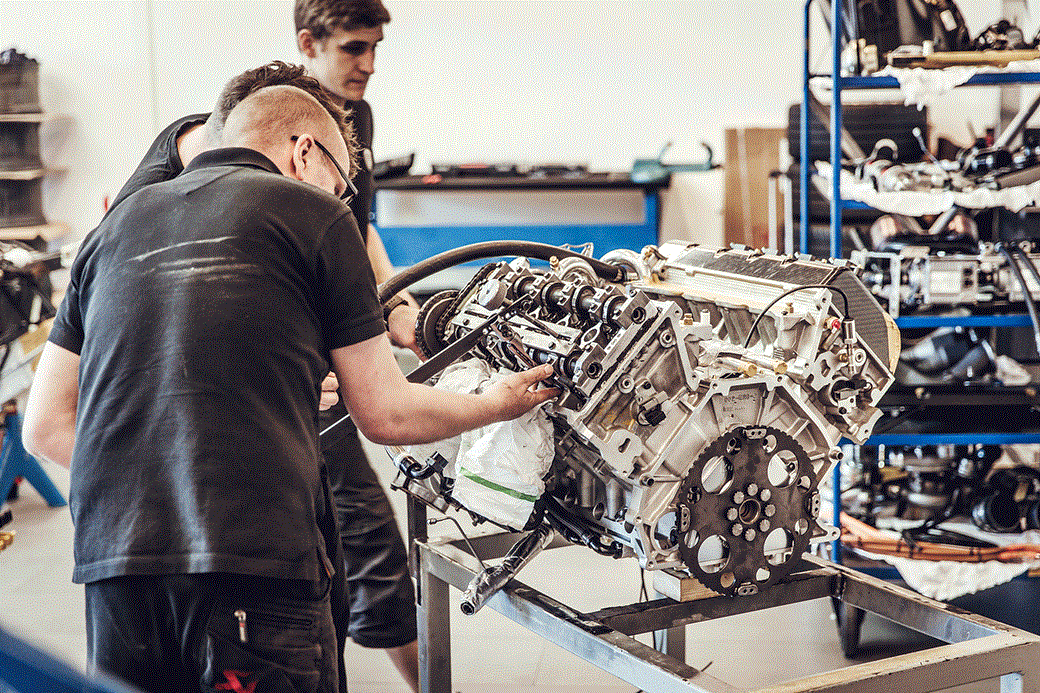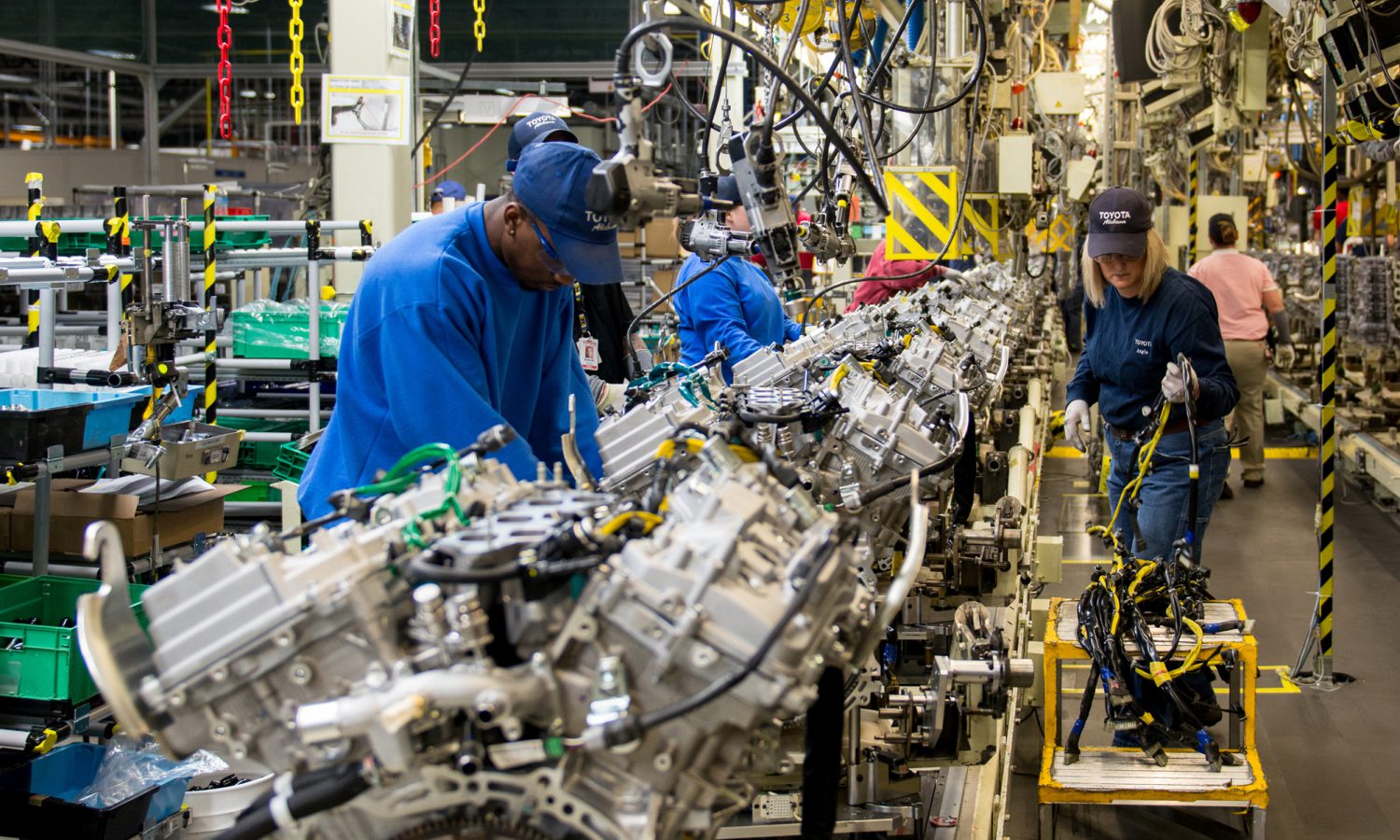DanielC
KKF Sponsor
- Joined
- Sep 30, 2014
- Messages
- 422
- Reaction score
- 1,709
I guess one would have to then define the parameters of good, better and best which would simply be opinion and why some like this or dont like that.
As far as the end product is concerned, it should be extremely hard if not impossible to tell where the billet was created initially if it was forged. The process itself whether its mine or someone elses is the behind-the-scenes methodology to get the user the knife. If in the end the core steel is the core steel, the rest will more or less be inconcequential, as we are both forging out a billet. Consistency in core alignment should be very important to every maker and I detest and would not sell a blade that had cladding meet the edge. I havent had that problem in a long time though. Other than core alignment I'm not sure which part of the process can be measured in such a way. For certain steel combinations, my forge is set to a specific temp and the steel is at heat for a specific time before its met with the power hammer. If in making the same type over and over especially, the consistency is as measurable as a consistent HT for example. If what you are referring to are maybe defects in the billet, rest assured, I and most makers I know making high end cutlery wouldnt even try to give away a knife made from a billet that displays problems like delams. I once spent 2 years chasing my tail trying to sort out problems with flux inclusions at the weld line. I like to pre-weld several kilo in billets at a time and set aside for forge work. I didnt like the possibility of one kf those billets having trapped flux between the layers. After a lot of knives I deemed failure, I finally switched my process as began my road into what is called Dry Welding, which doesnt use a fluxing agent.
To give a little background in that, back in 2014, I was floored by Maxims video in Kiyoshi Katos shop. I immediately started training his process un my shop. It began my journey with traditional sanmai. It was this very traditional approach that stuck with me for a long time. However, at the time I still had a westerner interpretation of it all, and it seems Kato's weld lines often contain the same flux inclusions I deemed as instant fail. Wabi-sabi wasnt part of my vocab. I eventually modified his process with dry welding and ceased having issues. It was after that I had discovered he has the same issues but still sells them. It's not so noticeable when you stone polish. Etch it like most westerners do and its plainly obvious and to me was always an eyesore.
Not to get too distracted, but where you will see real evidence of using pre-lam is with those that are limited to stock removal. A maker was recently brought up in a thread who has no affiliation here that his very attractive knives only tapered towards the tip. It tapered only there because that is where his grind began. That maker who I know, doesnt really forge and buys a lot of pre-laminated billets and grinds a blade from them. This approach ofcourse means no distal taper. It also means the jacket seperation line rides much higher at the tip.
Trying not to get convoluted, but I'm sanding wood right now
As far as the end product is concerned, it should be extremely hard if not impossible to tell where the billet was created initially if it was forged. The process itself whether its mine or someone elses is the behind-the-scenes methodology to get the user the knife. If in the end the core steel is the core steel, the rest will more or less be inconcequential, as we are both forging out a billet. Consistency in core alignment should be very important to every maker and I detest and would not sell a blade that had cladding meet the edge. I havent had that problem in a long time though. Other than core alignment I'm not sure which part of the process can be measured in such a way. For certain steel combinations, my forge is set to a specific temp and the steel is at heat for a specific time before its met with the power hammer. If in making the same type over and over especially, the consistency is as measurable as a consistent HT for example. If what you are referring to are maybe defects in the billet, rest assured, I and most makers I know making high end cutlery wouldnt even try to give away a knife made from a billet that displays problems like delams. I once spent 2 years chasing my tail trying to sort out problems with flux inclusions at the weld line. I like to pre-weld several kilo in billets at a time and set aside for forge work. I didnt like the possibility of one kf those billets having trapped flux between the layers. After a lot of knives I deemed failure, I finally switched my process as began my road into what is called Dry Welding, which doesnt use a fluxing agent.
To give a little background in that, back in 2014, I was floored by Maxims video in Kiyoshi Katos shop. I immediately started training his process un my shop. It began my journey with traditional sanmai. It was this very traditional approach that stuck with me for a long time. However, at the time I still had a westerner interpretation of it all, and it seems Kato's weld lines often contain the same flux inclusions I deemed as instant fail. Wabi-sabi wasnt part of my vocab. I eventually modified his process with dry welding and ceased having issues. It was after that I had discovered he has the same issues but still sells them. It's not so noticeable when you stone polish. Etch it like most westerners do and its plainly obvious and to me was always an eyesore.
Not to get too distracted, but where you will see real evidence of using pre-lam is with those that are limited to stock removal. A maker was recently brought up in a thread who has no affiliation here that his very attractive knives only tapered towards the tip. It tapered only there because that is where his grind began. That maker who I know, doesnt really forge and buys a lot of pre-laminated billets and grinds a blade from them. This approach ofcourse means no distal taper. It also means the jacket seperation line rides much higher at the tip.
Trying not to get convoluted, but I'm sanding wood right now






